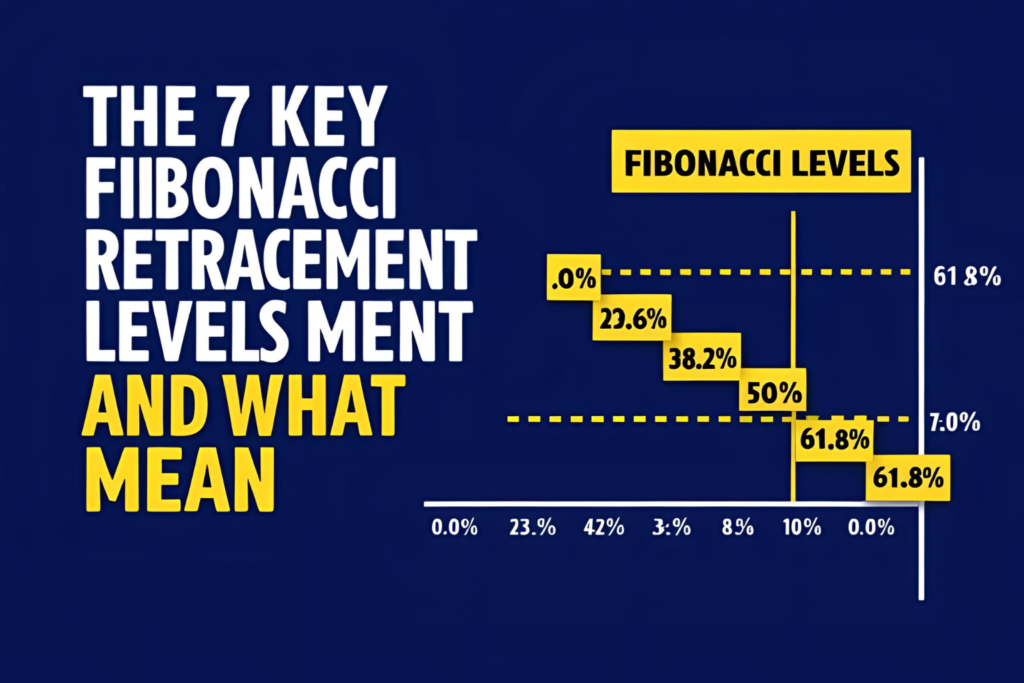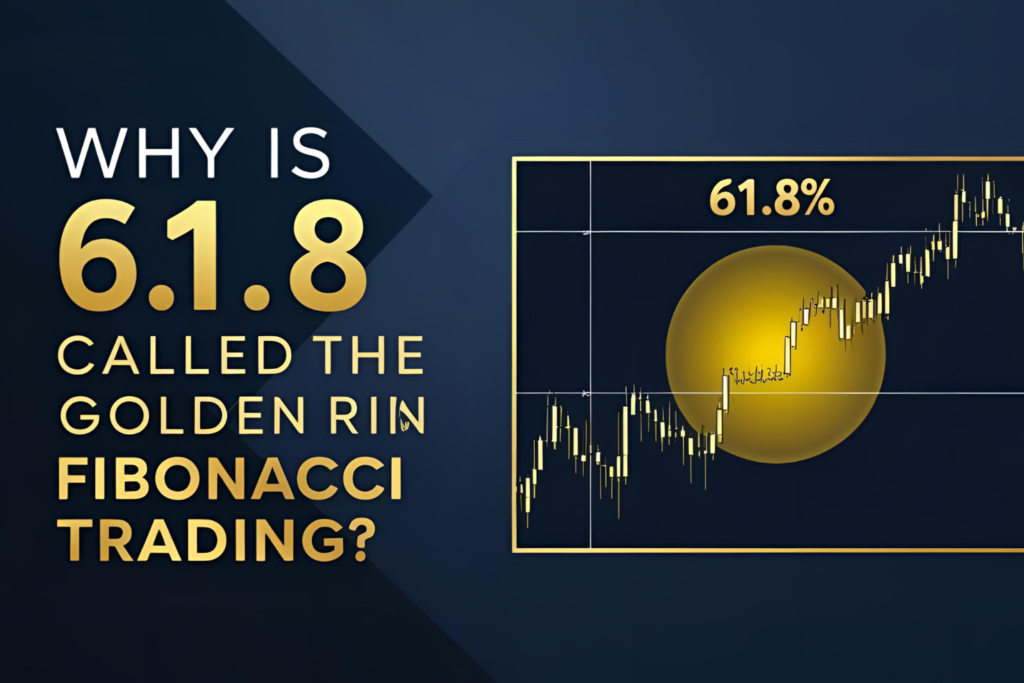The Fibonacci retracement tool is widely used in modern trading—but where did it come from? If you’ve ever wondered who developed Fibonacci retracement and when it was introduced, you’re not alone.
Let’s explore the historical roots of this popular indicator, from its mathematical origin to its application in financial markets.
The Origins: Leonardo Fibonacci
The Fibonacci sequence was introduced by Leonardo of Pisa, also known as Leonardo Fibonacci, an Italian mathematician born around 1170 AD. He introduced this sequence in his book Liber Abaci (The Book of Calculation) in 1202.
The sequence goes like this:
0, 1, 1, 2, 3, 5, 8, 13, 21, 34, 55, 89…
Each number is the sum of the two preceding numbers.
While Leonardo did not create the sequence (it was known in India earlier), he popularized it in Europe and introduced it to the Western world.
The Golden Ratio Connection
From this sequence, mathematical ratios such as 0.618 (61.8%), 0.382 (38.2%), and 0.236 (23.6%) are derived. These ratios are seen in nature, architecture, art—and now in trading.
But Fibonacci did not invent the retracement concept as used in modern technical analysis.
When Did Fibonacci Retracement Enter Trading?
Fibonacci retracement as a technical tool became popular in the late 20th century, especially with the rise of charting software and the broader adoption of technical analysis.
The actual application of Fibonacci levels in price charts is credited to technical analysts and traders—not to Fibonacci himself.
No single person is officially credited with the trading tool’s creation, but it evolved from a blend of mathematics, Dow Theory, and market psychology.
Summary Timeline
| Event | Details |
|---|---|
| 1170 AD | Birth of Leonardo Fibonacci in Italy |
| 1202 AD | Fibonacci publishes Liber Abaci, introducing the sequence |
| 20th Century | Fibonacci ratios gain popularity in trading circles |
| 1980s–2000s | Charting platforms begin offering Fibonacci tools |
| Today | Fibonacci retracement is a core component of modern technical analysis |
Final Thoughts
So, who developed Fibonacci retracement? The math behind it comes from Leonardo Fibonacci, but its application in financial markets is the result of modern trading evolution. Traders today use the tool to analyze retracement zones based on ratios derived from Fibonacci’s timeless sequence.
It’s a perfect example of how ancient math meets modern market behavior.
✅ FAQs
1. Did Fibonacci invent Fibonacci retracement for trading?
No. The retracement tool was created much later by modern analysts.
2. When was the Fibonacci sequence introduced?
In 1202, through Leonardo Fibonacci’s book Liber Abaci.
3. Why is the golden ratio linked to Fibonacci?
It’s derived from the ratios of numbers in the Fibonacci sequence.
4. Who popularized Fibonacci retracement in trading?
Technical traders and analysts began using it in the late 1900s.
5. Is Fibonacci retracement still relevant today?
Yes. It’s widely used by traders across all markets for identifying price levels.



